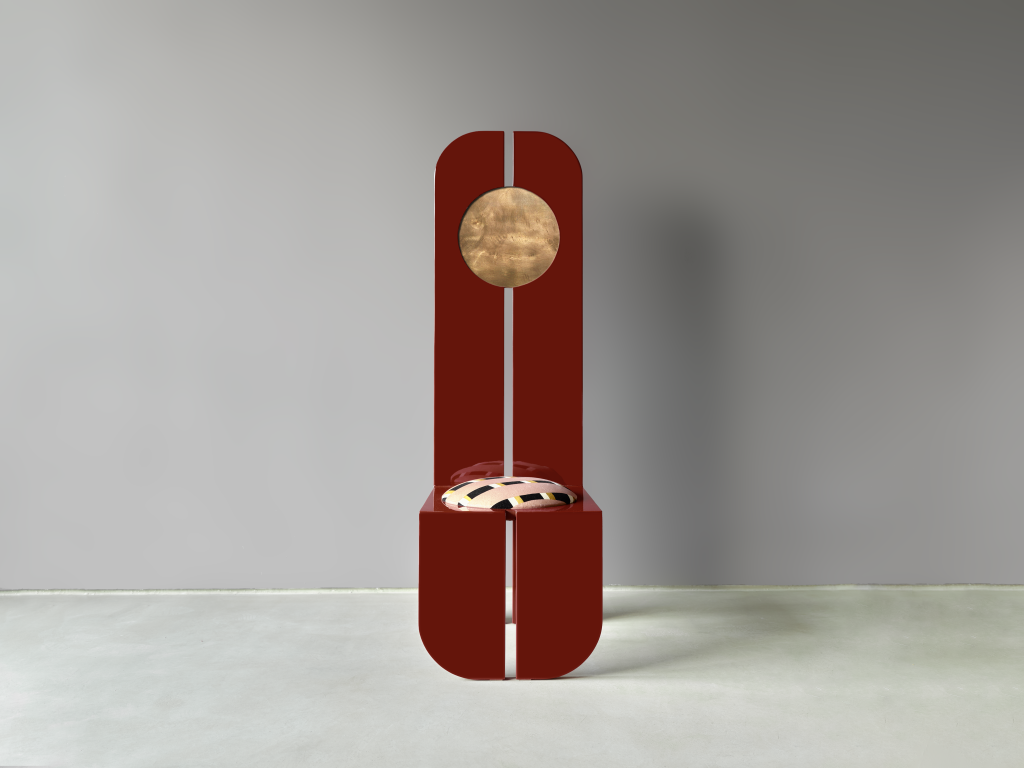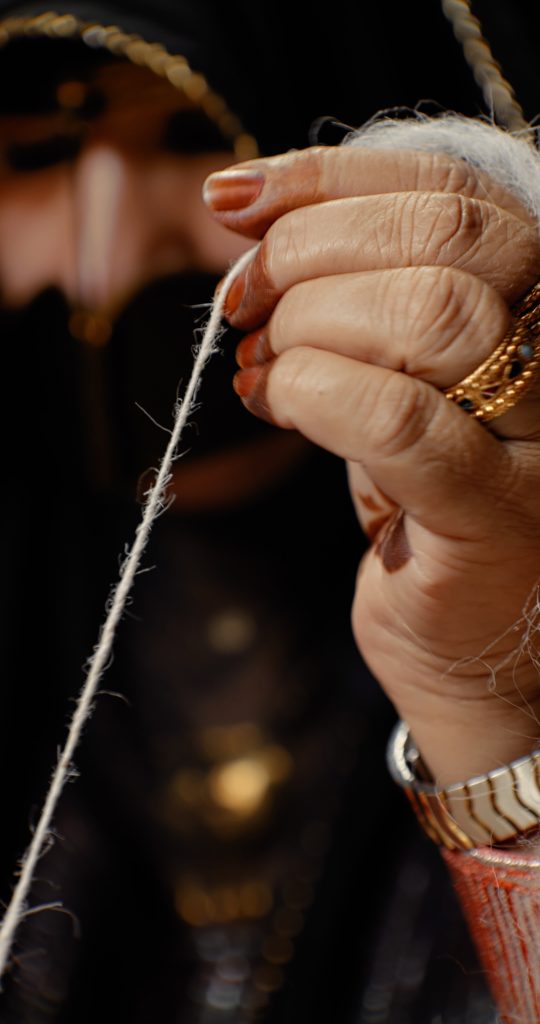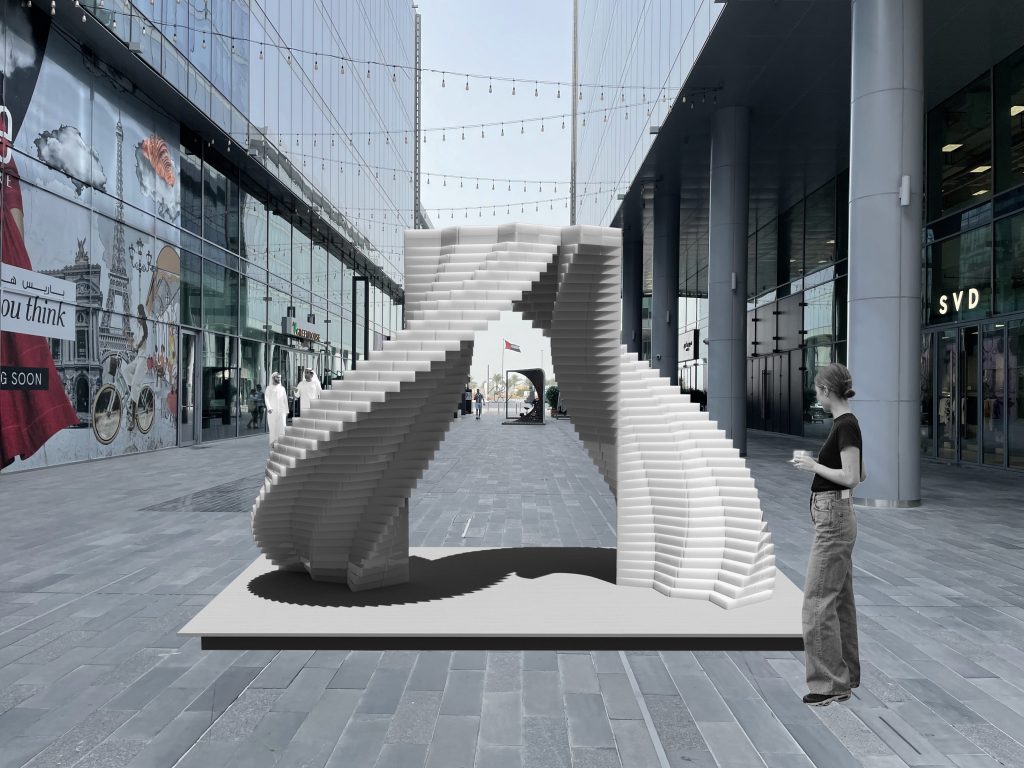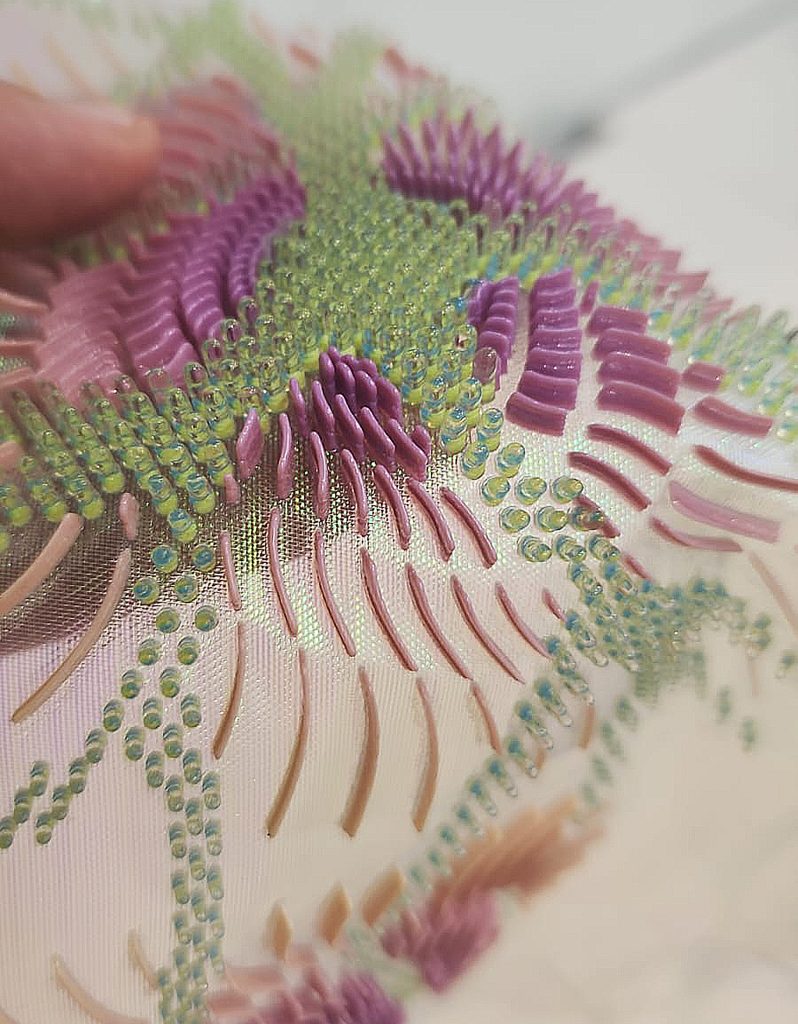
From Independent Designers to The Must-Visit Exhibitions, Here’s Everything at Dubai Design Week 2024 That Needs To Be On Your Radar
The tenth edition of Dubai Design Week reaffirmed its role as a pivotal platform for sustainable design, global collaboration, and creative expression in the region.
Dubai Design Week, the Middle East’s premier design festival, concluded an action-packed tenth edition, bringing together over 500 global and emerging creatives. Taking place at d3, the event showcased Dubai’s contemporary culture, with programming focused on designing a sustainable future.
Downtown Design and Editions
Downtown Design, the leading trade fair for contemporary design at the Waterfront Terrace featured the largest roster yet of leading international designers, brands, and speakers, making it the most expansive edition ever. The Forum at Downtown Design hosted discussions with industry leaders, focusing on global and regional design trends and innovations.
In its fifth edition, the UAE Designer Exhibition 5.0 spotlighted 30 designers curated by Omar Al Gurg, who guided participants to explore materiality and form, under the theme of inspiring people to slow down and savour moments of tranquillity. Meanwhile, the annual Tanween Design Programme by cultural incubator Tashkeel, returned with its largest cohort to date, unveiling the works of selected emerging UAE-based designers.

Editions, the region’s first fair for limited-edition art and design, debuted alongside Downtown Design, with over 50 galleries, collectives and design studios. With over half the exhibitors from Dubai, Editions highlighted the city’s evolving contemporary culture.
Mette Degn-Christensen, Director of Downtown Design, said: “Our aim with this new fair was to provide visitors with a broader experience of discovery and opportunity to buy or commission works of independent designers from around the world, both established and undiscovered, that they would otherwise not have access to in this region.”
One of those independent designers was Aljoud Lootah Design who launched a new furniture line in Editions. The Emirati designer blends traditional craftsmanship and contemporary aesthetics across furniture, lighting and object design. Armenian designer Nareg Krikorian, along with Studio Bazazo and Beit Collective, presented their Homesick seating collection and the Gaar Lounge Chair, with its distinct exaggerated looped stitching along the edges.

Collective design gallery Blooker exhibited a collection by Nian Architects Studio that reimagined minimalist industrial components into sophisticated furniture pieces. The featured sculptural Sunrise Chair evoked the beauty of dawn, with lacquered wood, brass and fabric in sunrise hues.

The entrance of Downtown Design featured a large-scale floral installation handcrafted from recycled everyday materials such as truck tarpaulins, old wool blankets and construction sheeting by Dutch artist Linda Nieuwstad.

Dubai-based British abstract artist Nat Bowen showed limited edition prints using patented technology recreating her original resin artworks, maintaining depth, texture and relief.

Collectible design brand KAMEH merged craftsmanship and artistry in hand-sculpted designs featuring multiple materials, serving as both functional objects and striking decorative elements.

Urban Commissions
Dubai Design Week’s annual design competition, Urban Commissions, themed Tawila (‘table’ in Arabic) encouraged designers to explore the table as a facilitator of exchange, tradition and communal experiences. This year’s winner, Oman-based Altqadum, a design studio led by Marwan Albalushi, Najd Albalushi and Abdulrahim Alkendi, highlighted the cultural and communal role of the table. Merging the table with traditional Omani drums, ‘TukTuKDum’ invited people to interact in a shared cultural experience.
Installations
The installation program emphasised vernacular architecture’s role in regenerative design, with a focus on the Southwest Asia and North Africa (SWANA) region. Notably, Emirati architect Abdalla Almulla, who won the Monocle Design Award for his pavilion ‘Of Palm’ in 2023, was a featured participant. D3 came alive with over 30 large-scale design installations, exploring ancient technologies, modern innovations and materiality from international architects, designers and studios.
Formation of SOOF – a collaboration between House of Artisans Qasr Al Hosn, NYU Abu Dhabi, and the MaSC Research Group, explored Emirati crafts through audiovisuals. The pavilion’s immersive video experience, “Music of Crafts,” showcased handicrafts like bait al-shaar and al-sadu.

Architects Tania Ursomarzo, Sara AlMahmoud and Maryam Al Qassim designed En-si-ab, an installation in soy wax, a renewable, biodegradable construction alternative. The 100% reusable, recyclable, and biodegradable units will be repurposed or recycled post event.

Award-winning artistic collaborative Roudhah Al Mazrouei and Gerald Jason Cruz created Tbaba – a striking red fabric sculpture celebrating the Gulf’s traditional pearl diving heritage.

Resilience, an installation by Sarah Al Mansoori, featured a tent made with 3D-printed and woven Al Sadu and locally sourced columns supporting a “bait al-shar” tent, woven with natural wool by Emirati women, honouring the Bedouin legacy.

The Warp, by Kei Atsumi of Mitsubishi Jisho Design, Japan used sawdust-based filament and 3D printing to modernise the traditional Japanese technique of glue less wood assembly. Innovative joint systems and sustainable materials were used to repurpose wood and reduce waste.

Biomimicry-inspired “Enfold: The Holistic Embrace of Body and Technology” by UK-based DEOND featured an exterior like a rough, spiky seed housing a soothing, regenerative core within.

A range of exhibitions hosted by cultural organisations, educational institutions, and design-driven brands explored various design themes, promoting cultural dialogue and knowledge-sharing. With over 50 workshops, the event offered skill-building opportunities across all design disciplines, catering to professionals, creatives, and enthusiasts of all levels.
The festival’s marketplace featured a curated retail experience showcasing regional designers, homegrown businesses, and diverse products, including homeware, jewellery, and fashion, alongside food experiences, children’s activities, and live performances.
The tenth edition of Dubai Design Week successfully reaffirmed its role as a pivotal platform for sustainable design, global collaboration, and creative expression in the region.
Images Supplied
